Menu
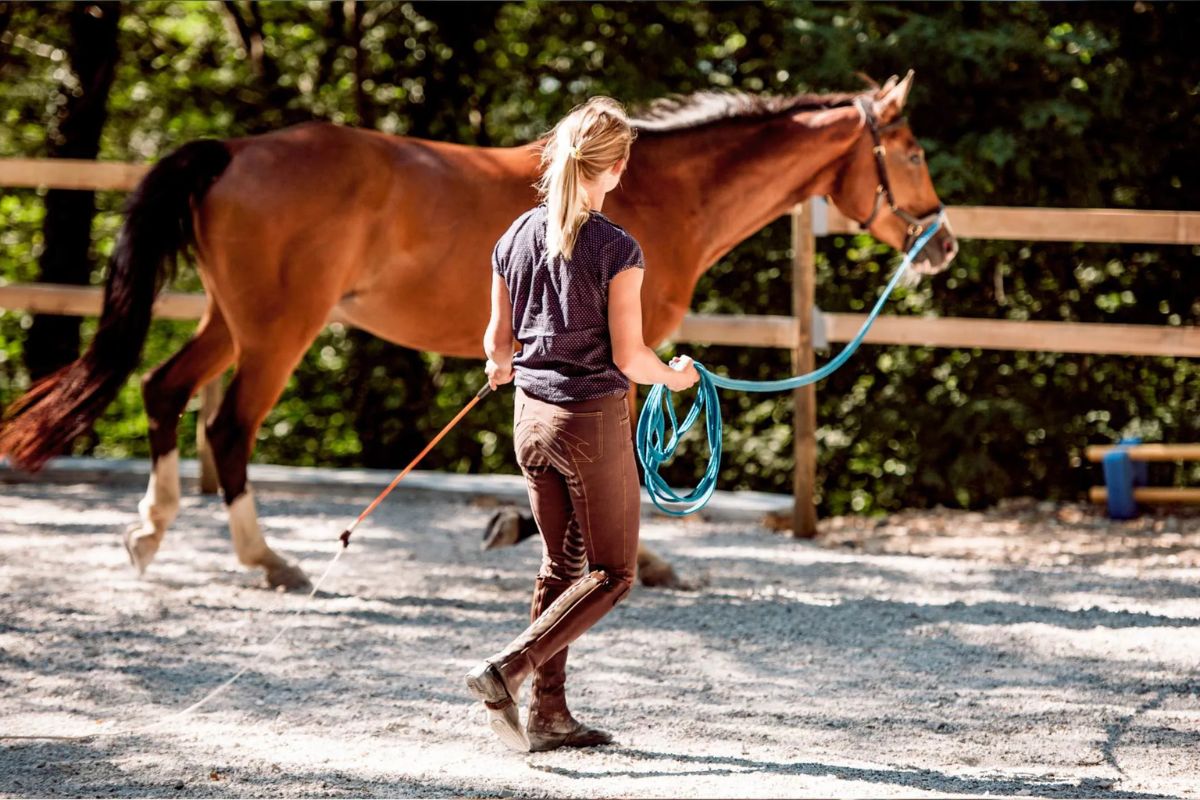
There are mixed opinions about longeing one's horse - and for good reason. Done correctly, it can strengthen the horse. Done incorrectly, it can do more harm than good. There's a significant difference between merely having your horse exercise in circles and longeing with the intent of enhancing its top line and teaching it to move in a manner beneficial under a rider. Let's delve into how one can lunge their horse properly, using this supplementary training method constructively rather than destructively.
This is the first instalment of a series on longeing. The series comprises three interconnected parts. The second part is titled "Communicate with Voice and Body." The third part is "Keep an Eye on the Horse's Top Line." This article reflects the experiences of the Malgré Tout editorial team.
It's paramount to view longeing as a form of training on par with regular riding. Some might even argue that longeing is more strenuous since it almost always takes place in a circle. However, when one isn't mounted on the horse, it can make things a tad easier for the horse. It's crucial to remember: warm up the horse thoroughly, frequently change direction, and incorporate walking breaks. It might also be wise to vary the circle's size and perhaps teach the horse to walk down the long side. This also gives the rider a bit of exercise, having to keep up.
Also read: The Comprehensive Guide to Studs – When to Use Which?
Just as there are divided opinions on longeing, there are certainly mixed views on the use of various types of restraints. Without advocating for or against their use, it all boils down to the method of application.
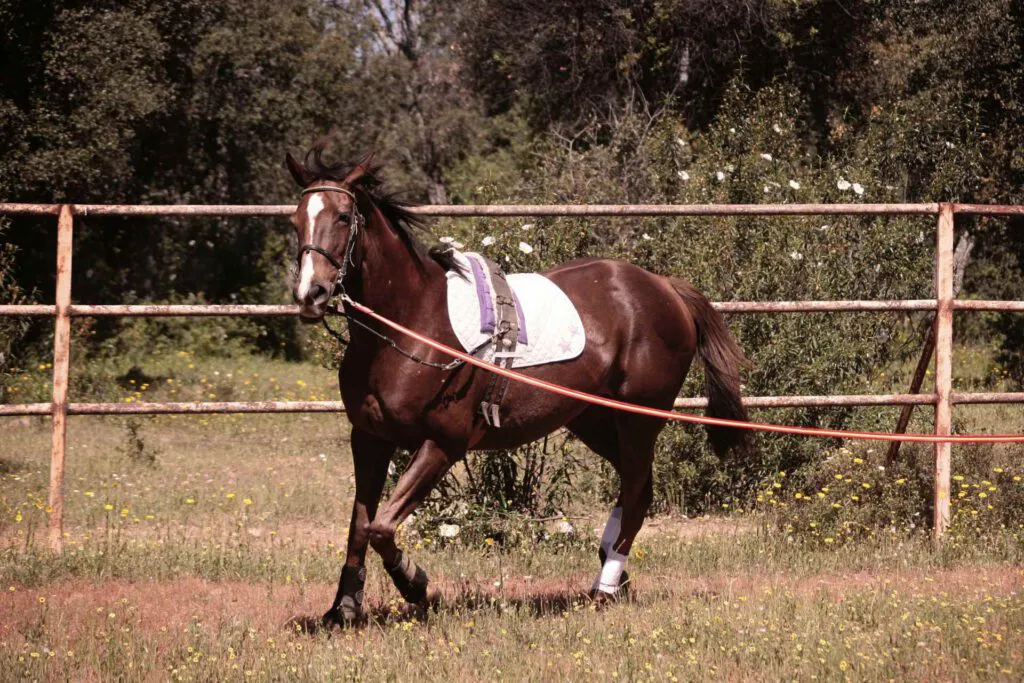
For instance, take a look at the horse in the first illustration. Do the restraints offer any benefit? Quite the opposite. Because the horse might not have the balance to move as collected as the owner desires - meaning the restraints are too tight - it raises its head and drops its back. This is contrary to the intended goal, which is to strengthen the horse's top line.
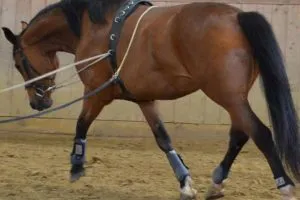
If one opts to use any form of restraints or aids, they should resemble the second illustration. The lines are used supportively rather than forcefully, assisting the horse in understanding the objective. If a horse isn't strong enough to accept the support, one should consider not using such aids at all. Instead, focus on the horse's basic balance and strength, for instance, by practising transitions and relaxation.
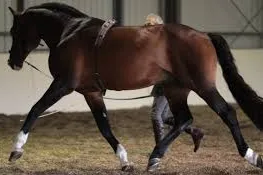
This leads us to the fact that one can indeed give their horse a robust top line without any aids, making longeing truly an art. The horse in the third picture is well-trained and might carry its neck slightly higher than most other horses could. With the right training and ample patience, nearly all horses can learn to move correctly on the lunge without any aids.
As the person holding the lunge line, one must be acutely aware of how they use it. When standing on the ground and not riding the horse, it can be challenging to gauge how much grip one has. Also, because a lunge line is longer than a rein, it can be quite tricky to feel the horse's mouth. When standing there, one suddenly doesn't have their weight and legs to influence the horse, which can result in using the hand to stop or turn the horse - and that's not ideal. Therefore, the horse should learn to be as self-propelled on a lunge as possible, responding to, for instance, verbal commands.
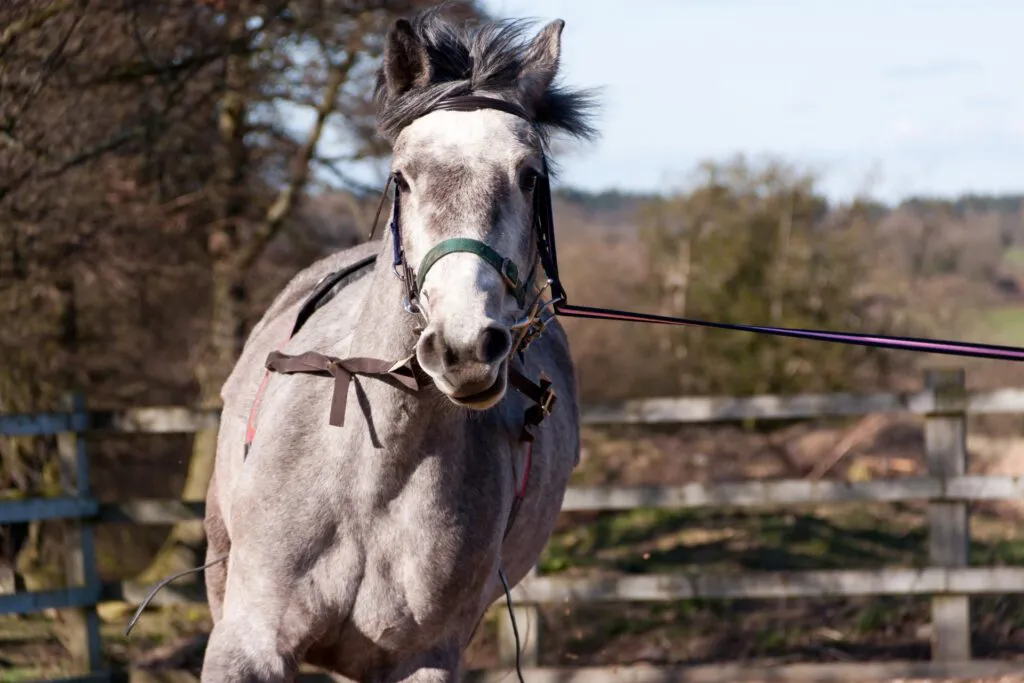
You can compare the fourth illustration with the article's main image or with the second and third illustrations. The horse in the fourth image is clearly being pulled by the rider's hand. This makes it harder for it to maintain balance and use its strength to move around. The horse is 'forced' into a curved shape and ends up relying on the lunge line. The horses in the other mentioned images shape the circle themselves, and the contact between the lunger's hand and the horse's mouth is quite gentle. This means each horse uses its strength to carry itself around - and that's the goal one should strive for.
Also read: 5 Training Tips for Riding the Older Horse
Whether one chooses a cavesson, bridle, or halter for longeing depends on the training's purpose and whether aids are used. The advantage of using a bit and attaching the aid to it is that one can somewhat simulate what the horse experiences when ridden - assuming one usually rides with a bit. This way, one can teach the horse to seek the bit for a light and consistent rein contact. A cavesson, on the other hand, can be suitable for inexperienced horses since the line is attached at the front of the noseband. This way, there's no risk of pulling the horse's mouth if it breaks from the circle or misinterprets a signal.
One can also opt to combine the two. This way, the horse can learn to seek the bit without the lunge line's contact interfering. If one doesn't use aids, it boils down to personal preference and the horse's longeing routine, whether to use a bridle, cavesson, or a regular halter if the horse is most comfortable in it.
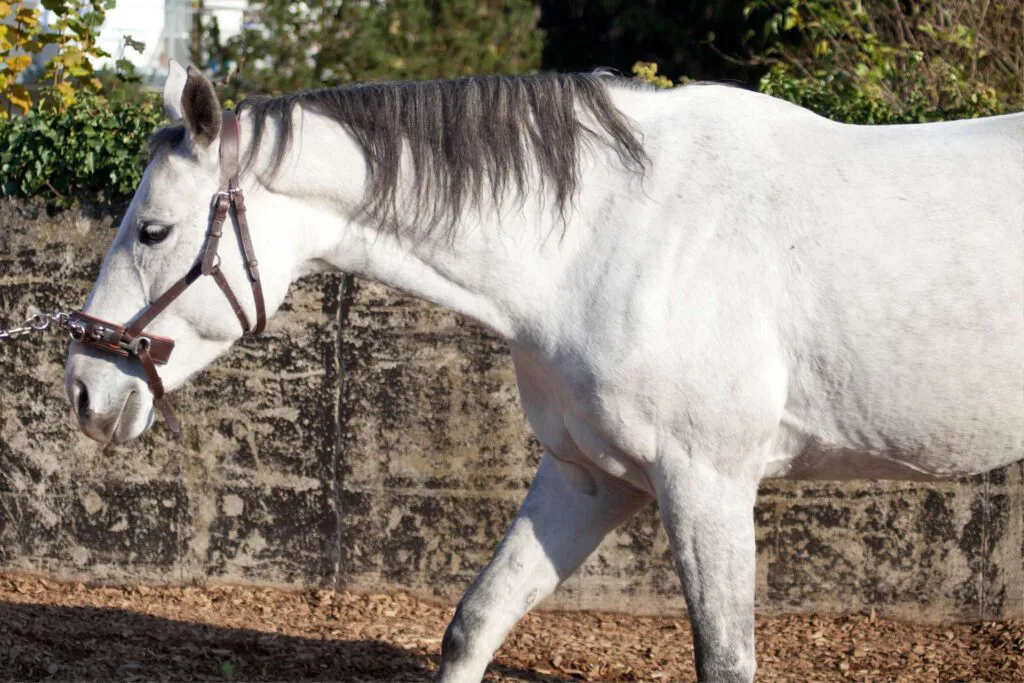
It's essential to emphasise that there's no right or wrong regarding the use of restraints, aids, or whether one opts for a bridle over a cavesson. There are plenty of preferences based on what works best for each individual horse, and we must respect that. The only thing we can rightfully demand of each other is to think about how we do it.
Also read: Carl Hester: Spend your money on training rather than expensive horses